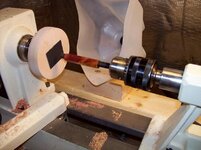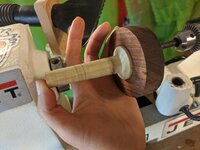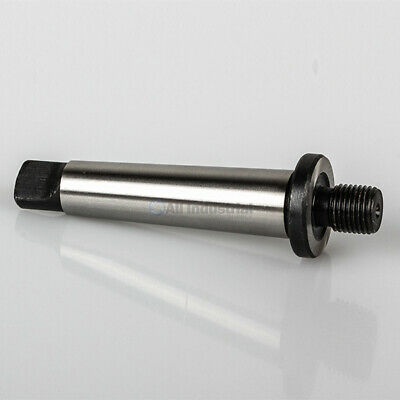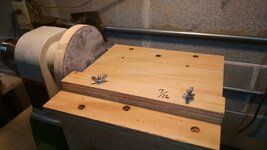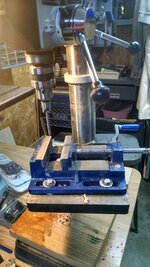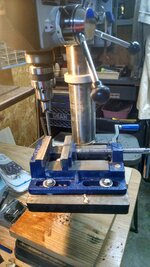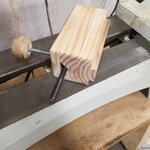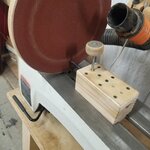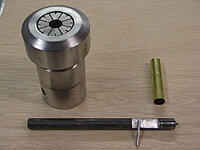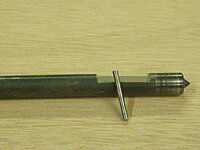FGarbrecht
Member
So I learned something (by reading here) that should have been obvious to me but wasn't, which is that the end of the blank should be square to the brass tube rather than to the sides of the blank. I have a barrel trimmer but I don't like it much because it gets dull really fast, so I've started squaring the blank ends on my rickety Wen disk sander, but this has the same problem of squaring the end to the blank rather than to the tube. I haven't seen any major problems so far with using the disk sander, but I'd like to learn to do things properly and to develop a reliable and accurate method to maximize my ability to make perfect (ha) pens. I've read here about various jigs one can build and am aware of the PSI jig that is available. I'm tempted to just buy the PSI just to save myself the effort of building another in a list of about 40 jigs and projects I'm already trying to get to. Any thoughts on this or advice?

